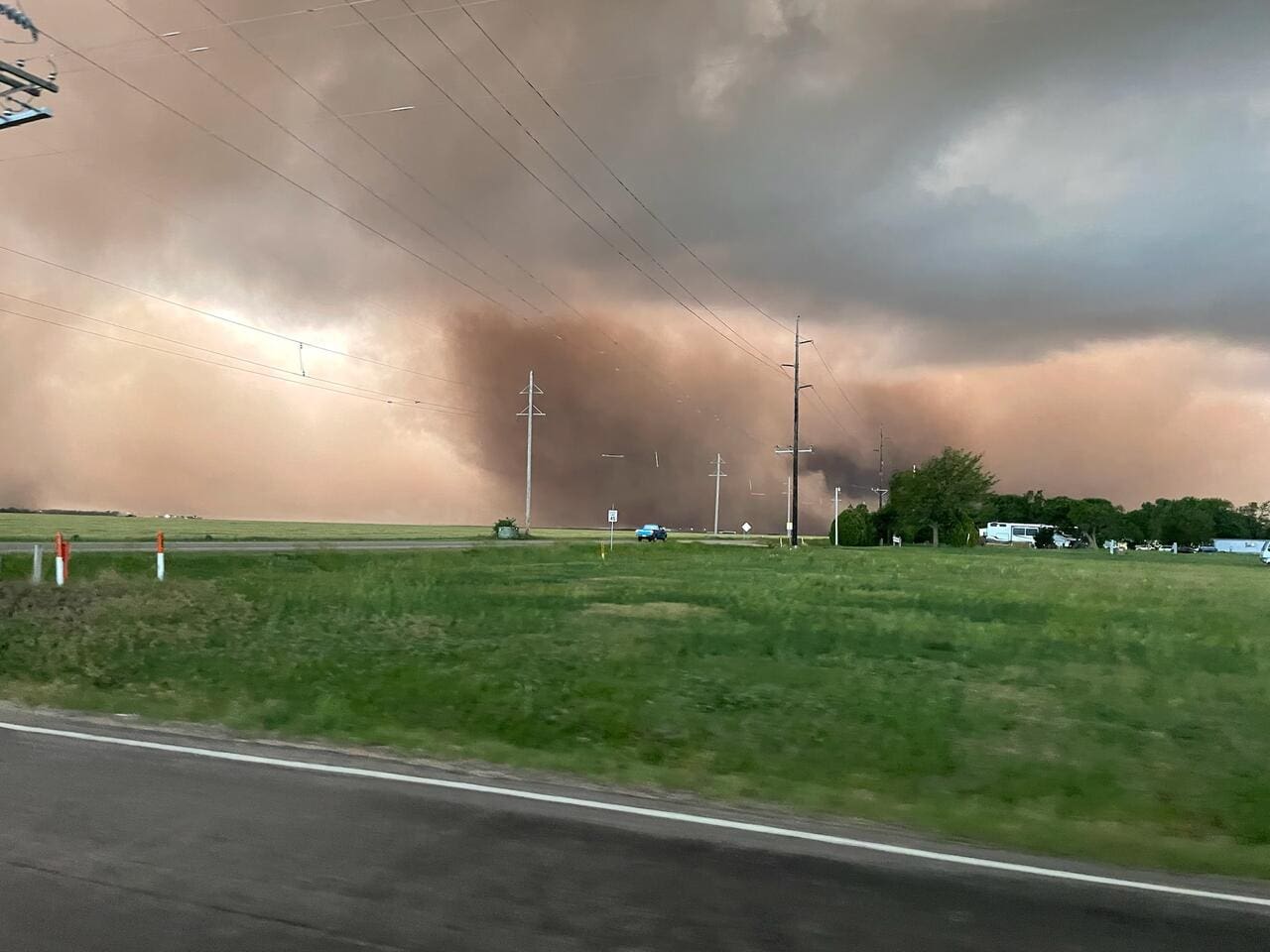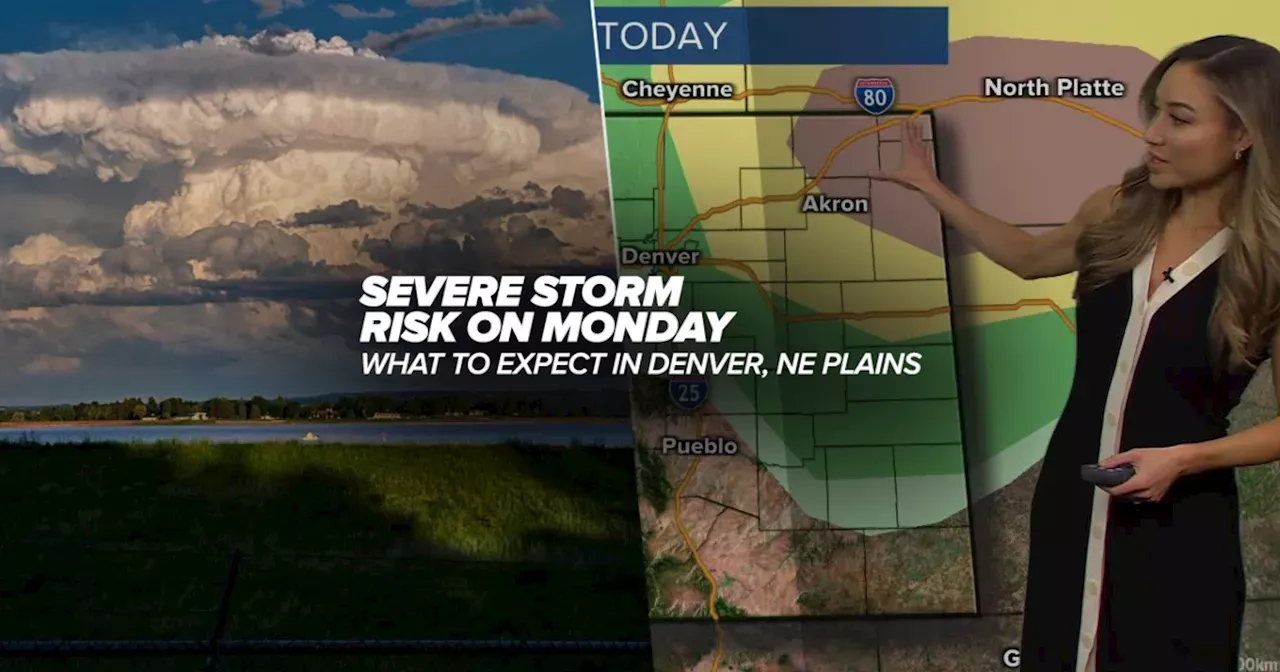Weather Storms: Weather Storms Tornadoes
Weather storms tornadoes – Weather storms are a result of unstable atmospheric conditions, caused by differences in temperature and pressure. They are characterized by high winds, heavy rain or snowfall, lightning, and sometimes hail. Weather storms can range from mild to severe, and can cause significant damage to property and infrastructure, and even loss of life.
Weather storms, including tornadoes, can be devastating forces of nature. The greenfield ia tornado is a prime example of the destructive power of these storms. Tornadoes can cause widespread damage and loss of life, and it is important to be aware of the risks and take precautions when severe weather is forecasted.
Weather storms, including tornadoes, can be unpredictable, but by staying informed and taking the necessary precautions, we can help to minimize the risks and protect ourselves and our loved ones.
Types of Weather Storms
There are many different types of weather storms, including:
- Thunderstorms: These are characterized by heavy rain, lightning, and thunder. They are common in the summer months, and can be accompanied by hail or strong winds.
- Blizzards: These are characterized by heavy snowfall, strong winds, and low visibility. They can be very dangerous, and can cause travel delays and power outages.
- Hurricanes: These are characterized by high winds, heavy rain, and storm surges. They are common in the Atlantic and Pacific Oceans, and can cause significant damage to coastal areas.
- Tornadoes: These are characterized by violently rotating columns of air that extend from the base of a thunderstorm cloud to the ground. They are extremely destructive, and can cause widespread damage.
Tornadoes

Tornadoes are violently rotating columns of air that extend from the base of a thunderstorm cloud to the ground. They are characterized by their funnel-shaped appearance and can cause widespread damage and loss of life.
Tornadoes form when warm, moist air from the Gulf of Mexico meets cold, dry air from the north. The warm air rises, creating an updraft that draws in more warm air from the surrounding area. As the updraft intensifies, it begins to rotate due to the Coriolis effect. The rotating air forms a funnel cloud, which can eventually touch the ground and become a tornado.
Tornadoes are classified on the Enhanced Fujita Scale (EF Scale), which rates tornadoes on a scale of 0 to 5 based on their wind speeds. EF0 tornadoes have wind speeds of 65-85 mph, while EF5 tornadoes have wind speeds of over 200 mph.
Tornadoes are most common in the central and southeastern United States, but they can occur anywhere in the world. The United States experiences an average of 1,200 tornadoes each year, while Europe experiences about 300 tornadoes each year.
Tornado Safety

Tornadoes are powerful and destructive storms that can cause significant damage and loss of life. It is important to be aware of the risks and to take steps to stay safe before, during, and after a tornado.
Weather storms, particularly tornadoes, can wreak havoc on communities, causing widespread damage and disruption. Amidst the chaos, stories of resilience and heroism emerge, such as the crew and passengers of Singapore Airlines SQ321 , who faced a harrowing ordeal when their aircraft encountered severe turbulence.
Despite the challenges, they managed to land safely, showcasing the indomitable spirit that can prevail even in the face of nature’s fury.
Before a tornado, it is important to have a plan in place. Know where you will go if a tornado warning is issued and make sure you have a way to get there quickly. You should also have a battery-powered radio or television to stay informed about the weather and to receive warnings.
The fury of weather storms, tornadoes, can leave a trail of destruction in their wake. Today, the state of Iowa has been particularly hard hit, with reports of iowa tornado today . These violent storms serve as a stark reminder of the unpredictable and often devastating power of nature, leaving communities reeling in their aftermath.
Tornado Shelters
If you live in a tornado-prone area, it is a good idea to have a tornado shelter. A tornado shelter is a safe place to go during a tornado warning. It should be located in a basement or underground room and should be large enough to accommodate your family and pets.
Weather storms, tornadoes, are a destructive force of nature. The recent greenfield iowa tornado damage is a testament to their power. The tornado left a trail of destruction, damaging homes and businesses. Tornadoes are a reminder of the importance of being prepared for severe weather.
Knowing what to do in the event of a tornado can help keep you and your family safe.
Warning Systems, Weather storms tornadoes
There are a number of warning systems in place to help people stay safe during tornadoes. These systems include tornado watches and warnings. A tornado watch means that conditions are favorable for tornadoes to develop. A tornado warning means that a tornado has been spotted or is indicated by radar.
Staying Safe in Tornado-Prone Areas
If you live in a tornado-prone area, there are a number of things you can do to stay safe. These include:
- Be aware of the weather forecast and be prepared to take shelter if a tornado warning is issued.
- Have a plan in place for where you will go if a tornado warning is issued.
- Make sure you have a battery-powered radio or television to stay informed about the weather and to receive warnings.
- If you are outside when a tornado warning is issued, seek shelter immediately in a sturdy building or underground.
- If you are in a car when a tornado warning is issued, pull over to the side of the road and stay in your car. Cover your head with a blanket or jacket and wait for the storm to pass.
Tornado Forecasting and Tracking

Tornadoes are one of the most destructive forces of nature, and predicting their occurrence is crucial for public safety. Meteorologists use a variety of methods to forecast and track tornadoes, including:
Doppler Radar
Doppler radar is a type of weather radar that can detect the movement of precipitation particles. By measuring the Doppler shift in the radar signal, meteorologists can determine the speed and direction of the wind. This information can be used to identify areas of rotation, which are often associated with tornadoes.
Numerical Weather Prediction (NWP) Models
NWP models are computer programs that simulate the atmosphere. These models can be used to predict the weather conditions at a specific location and time. Meteorologists use NWP models to identify areas where the conditions are favorable for tornado formation.
Spotter Networks
Spotter networks are groups of volunteers who report severe weather conditions to the National Weather Service. Spotters can provide valuable information about the location and intensity of tornadoes.
Challenges and Limitations of Tornado Forecasting
While tornado forecasting has improved significantly in recent years, there are still some challenges and limitations. One challenge is that tornadoes can form very quickly, making it difficult to provide timely warnings. Another challenge is that tornadoes can be difficult to detect, especially in areas with low radar coverage.
Role of Technology in Improving Tornado Prediction
Technology is playing an increasingly important role in improving tornado prediction. For example, new radar systems are being developed that can provide more detailed and accurate information about the wind. Additionally, NWP models are becoming more sophisticated, which is leading to more accurate forecasts.
Tornado Research
Tornado research plays a crucial role in advancing our understanding of these powerful storms and improving our ability to predict and mitigate their impacts. Ongoing research initiatives aim to enhance tornado safety and forecasting through a variety of approaches.
Observational Studies
Observational studies involve collecting and analyzing data from tornadoes and their surrounding environments. This data includes information on tornado intensity, wind speeds, and damage patterns. Researchers use this data to identify factors that contribute to tornado formation and behavior, such as atmospheric conditions, terrain features, and human activities.
Numerical Modeling
Numerical modeling uses computer simulations to recreate tornado-producing environments and predict tornado behavior. These models incorporate data from observational studies and atmospheric science to generate realistic simulations of tornadoes. By running simulations under different conditions, researchers can explore how various factors influence tornado formation and intensity.
Field Experiments
Field experiments involve deploying instruments and sensors into tornado-prone areas to collect real-time data during tornado events. These experiments provide valuable insights into the inner workings of tornadoes and help validate numerical models. Researchers use data from field experiments to improve tornado forecasting and warning systems.
Radar and Satellite Technologies
Advances in radar and satellite technologies have significantly improved our ability to detect and track tornadoes. Doppler radar can measure wind speeds and directions within tornadoes, providing valuable information for forecasting and warning purposes. Satellite imagery can identify areas of atmospheric instability that are conducive to tornado formation.
Public Education and Outreach
Research also plays a vital role in public education and outreach. By communicating research findings and tornado safety guidelines to the public, researchers help communities prepare for and respond to tornadoes more effectively. Educational programs and outreach campaigns can raise awareness about tornado risks and promote proactive measures to mitigate their impacts.
Weather storms tornadoes can be a devastating force, leaving behind a trail of destruction. The state of Iowa has a particularly high incidence of tornadoes, with some of the most powerful and destructive iowa tornadoes occurring in recent years. These tornadoes have caused widespread damage, loss of life, and economic hardship.
Understanding the nature of weather storms tornadoes and taking precautions to stay safe during these events is crucial for communities in tornado-prone areas.